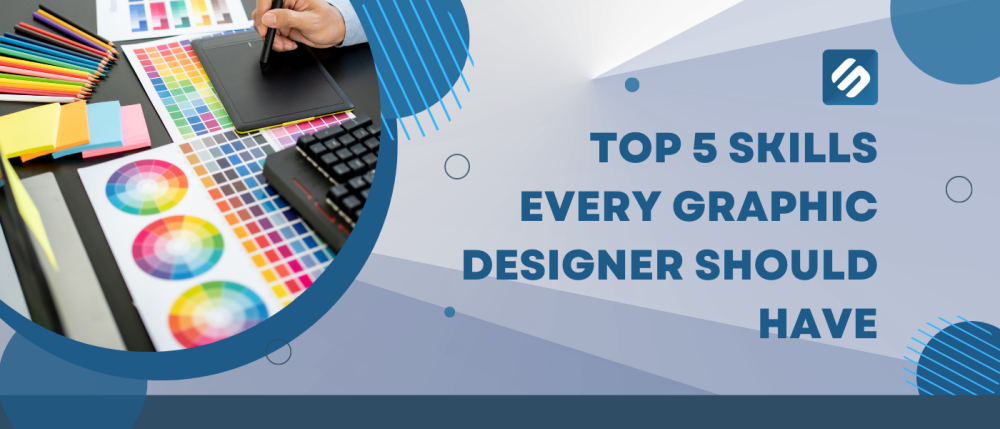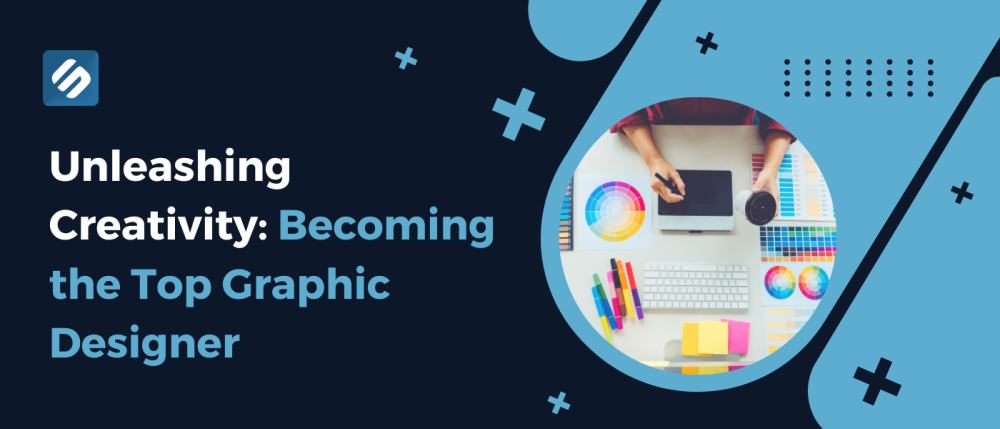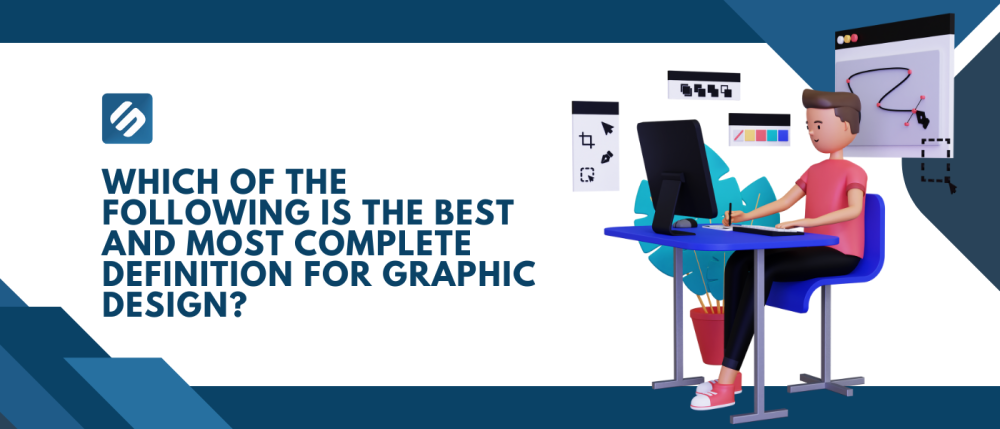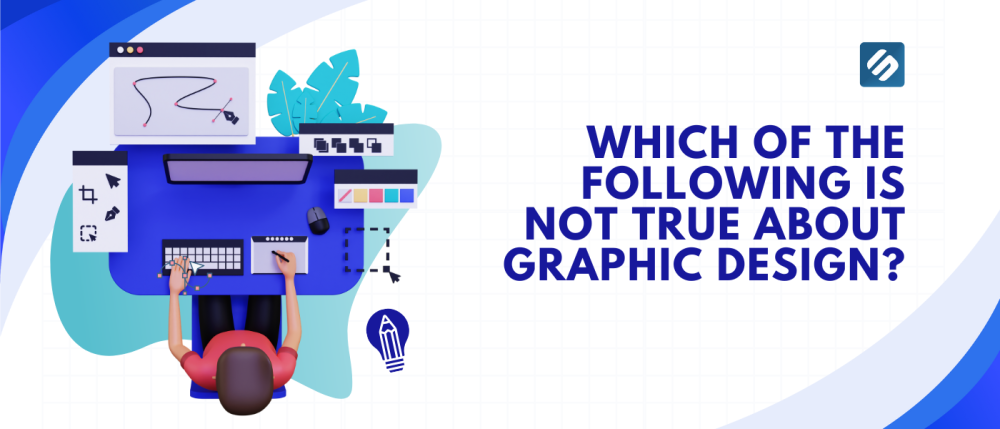If you have a passion for art and creativity, pursuing a graphic design degree can open up a world of opportunities for you. In today's digital age, where visual communication plays a crucial role in various industries, graphic designers are in high demand. This article will explore the diverse career paths and possibilities that come with a graphic design degree.
Table of Contents
- Introduction
- Understanding Graphic Design
- Career Options in Graphic Design
- 3.1 Graphic Designer
- 3.2 Art Director
- 3.3 User Experience (UX) Designer
- 3.4 Web Designer
- 3.5 Brand Identity Designer
- 3.6 Packaging Designer
- 3.7 Motion Designer
- 3.8 Illustrator
- 3.9 Multimedia Artist
- 3.10 Advertising Designer
- 3.11 Publication Designer
- 3.12 Marketing Designer
- 3.13 Game Designer
- 3.14 Exhibition Designer
- 3.15 Freelance Designer
- Skills Required for Success
- Industries That Employ Graphic Designers
- Job Outlook and Salary Expectations
- Advantages of a Graphic Design Degree
- Conclusion
- FAQs
1. Introduction
Graphic design is the art of combining text, images, and visuals to communicate messages effectively. It involves creating visually appealing designs for various media, including print, digital platforms, advertising, branding, and more. With a graphic design degree, you gain the skills and knowledge needed to excel in this dynamic field.
2. Understanding Graphic Design
Graphic design encompasses a wide range of disciplines, including typography, layout design, color theory, digital illustration, and multimedia production. As a graphic designer, you must have a keen eye for aesthetics, a strong sense of composition, and proficiency in design software tools such as Adobe Photoshop, Illustrator, and InDesign.
3. Career Options in Graphic Design
3.1 Graphic Designer
As a graphic designer, you'll be responsible for creating visual concepts, developing layouts, and designing graphics for various projects. This can include designing logos, brochures, posters, websites, packaging, and more.
3.2 Art Director
Art directors oversee the visual aspects of projects and ensure they align with the overall creative vision. They manage a team of designers and collaborate with clients to bring ideas to life.
3.3 User Experience (UX) Designer
UX designers focus on enhancing the user's experience by creating intuitive and user-friendly designs for websites, applications, and digital interfaces. They conduct user research, create wireframes, and collaborate with developers to ensure a seamless user experience.
3.4 Web Designer
Web designers specialize in creating visually engaging and responsive websites. They use their design skills to create layouts, select color schemes, and integrate interactive elements to enhance user engagement.
3.5 Brand Identity Designer
Brand identity designers work on developing and maintaining a consistent visual representation of a brand. They create logos, typography, color palettes, and other brand elements that convey the brand's values and personality.
3.6 Packaging Designer
Packaging designers create attractive and functional packaging for products. They consider factors such as product protection, branding, and consumer appeal while designing packaging solutions.
3.7 Motion Designer
Motion designers combine graphic design with animation to createvisually captivating motion graphics for videos, advertisements, and other multimedia content. They bring static designs to life through movement and visual effects.
3.8 Illustrator
Illustrators specialize in creating hand-drawn or digitally rendered illustrations for various purposes, such as books, magazines, advertisements, and websites. They have a strong sense of visual storytelling and use their artistic skills to convey messages effectively.
3.9 Multimedia Artist
Multimedia artists create visual content using a combination of digital tools, animation, and interactive elements. They work on projects like video games, animations, virtual reality experiences, and interactive websites.
3.10 Advertising Designer
Advertising designers develop visually striking and persuasive advertisements for print, digital media, and other advertising platforms. They collaborate with copywriters and marketing teams to create compelling visuals that attract and engage the target audience.
3.11 Publication Designer
Publication designers specialize in creating layouts for books, magazines, newspapers, and other printed materials. They carefully arrange text, images, and other elements to ensure readability and visual appeal.
3.12 Marketing Designer
Marketing designers collaborate with marketing teams to create visual assets for promotional campaigns. They design graphics for social media, email newsletters, digital advertisements, and other marketing materials to effectively communicate messages and promote products or services.
3.13 Game Designer
Game designers combine graphic design skills with a deep understanding of interactive storytelling to create engaging and immersive gaming experiences. They work on character design, level layouts, user interfaces, and overall game aesthetics.
3.14 Exhibition Designer
Exhibition designers create visually captivating displays and layouts for museums, trade shows, art galleries, and other exhibition spaces. They consider the spatial arrangement, lighting, and visual impact to create an immersive and memorable experience for visitors.
3.15 Freelance Designer
Many graphic designers choose to work independently as freelancers. They have the freedom to work on diverse projects for various clients, allowing them to explore different industries and expand their creative portfolio.
4. Skills Required for Success
To excel in a graphic design career, certain skills are essential:
- Proficiency in design software (Adobe Creative Suite, Sketch, etc.)
- Strong understanding of design principles, color theory, and typography
- Creativity and artistic skills
- Attention to detail and ability to meet deadlines
- Communication and collaboration skills
- Problem-solving and critical thinking abilities
5. Industries That Employ Graphic Designers
Graphic designers find employment opportunities in various industries, including:
- Advertising and marketing agencies
- Design studios
- Publishing companies
- Web development firms
- Corporate marketing departments
- Media and entertainment companies
- Non-profit organizations
- Government agencies
- Educational institutions
6. Job Outlook and Salary Expectations
The demand for graphic designers is expected to grow in the coming years due to the increasing need for visually appealing digital content. The salary of graphic designers varies depending on factors such as experience, location, and specialization. According to the U.S. Bureau of Labor Statistics, the median annual wage for graphic designers was $54,680 in May 2020.
7. Advantages of a Graphic Design Degree
Earning a graphic design degree offers several advantages:
- Specialized education and training in design principles and software tools
- Enhanced job prospects and career advancement opportunities
- Networking opportunities with industry professionals and fellow designers
- Access to internships and practical learning experiences
- Development of a diverse and competitive portfolio
8. Conclusion
A graphic design degree opens up a world of creative opportunities across various industries. Whether you aspire to be a graphic designer, art director, UX designer, or any other specialized role, the skills and knowledge gained through a graphic design education will pave the way for a rewarding career.
9. FAQs
Q1: What are the educational requirements for a graphic design degree?
Most graphic design positions require a bachelor's degree in graphic design or a related field. However, some employers may accept candidates with an associate degree or relevant work experience.
Q2: Can I become a graphic designer without a degree?
While a degree can provide a strong foundation and improve job prospects, it is possible to become a graphic designer without a formal degree. Building a strong portfolio and gaining practical experience through internships or freelance projects can help you showcase your skills to potential employers.
Q3: What are some essential software tools for graphic designers?
Adobe Creative Suite, which includes Photoshop, Illustrator, and InDesign, is widely used in the industry. Other popular tools include Sketch, CorelDRAW, and Canva.
Q4: Is graphic design a lucrative career?
Graphic design can be a financially rewarding career, especially as you gain experience and specialize in high-demand areas. Salaries vary depending on factors such as location, experience, and industry.
Q5: What qualities make a successful graphic designer?
Successful graphic designers possess a blend of creativity, technical skills, attention to detail, problem-solving abilities, and effective communication. They stay updated with design trends, are open to constructive feedback, and continuously seek to improve their skills.




